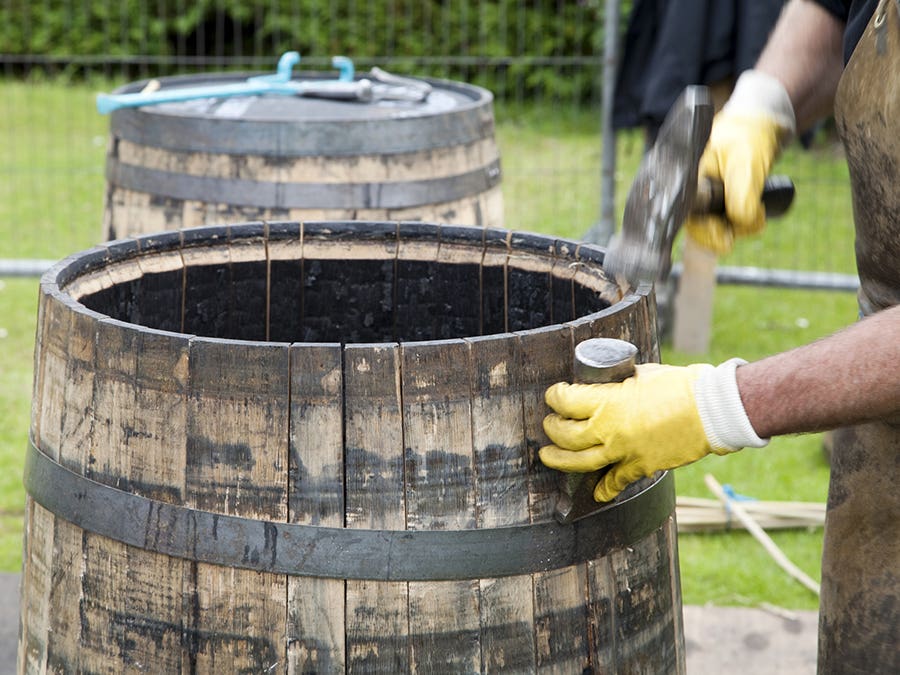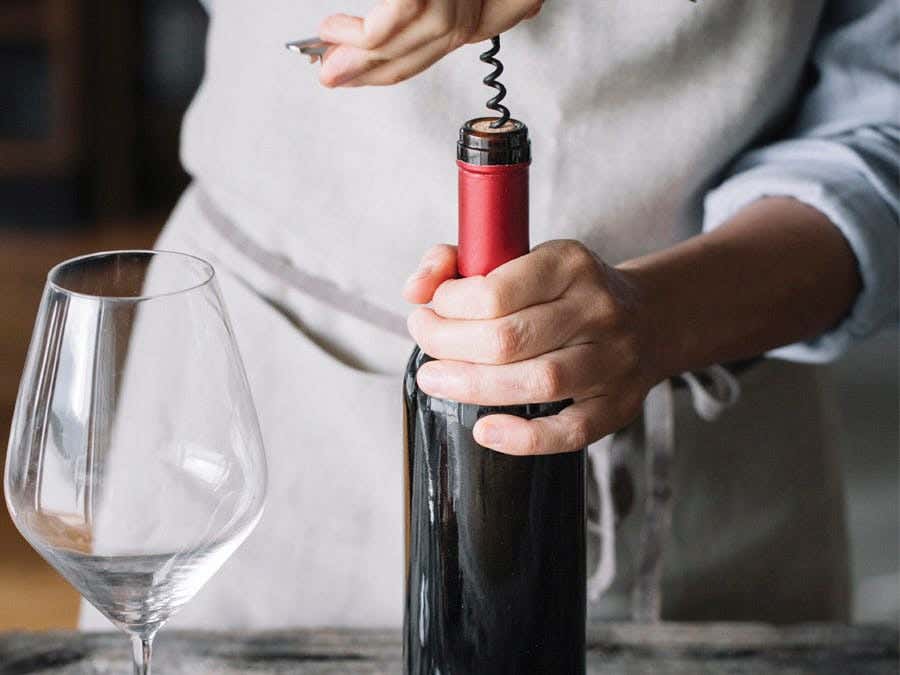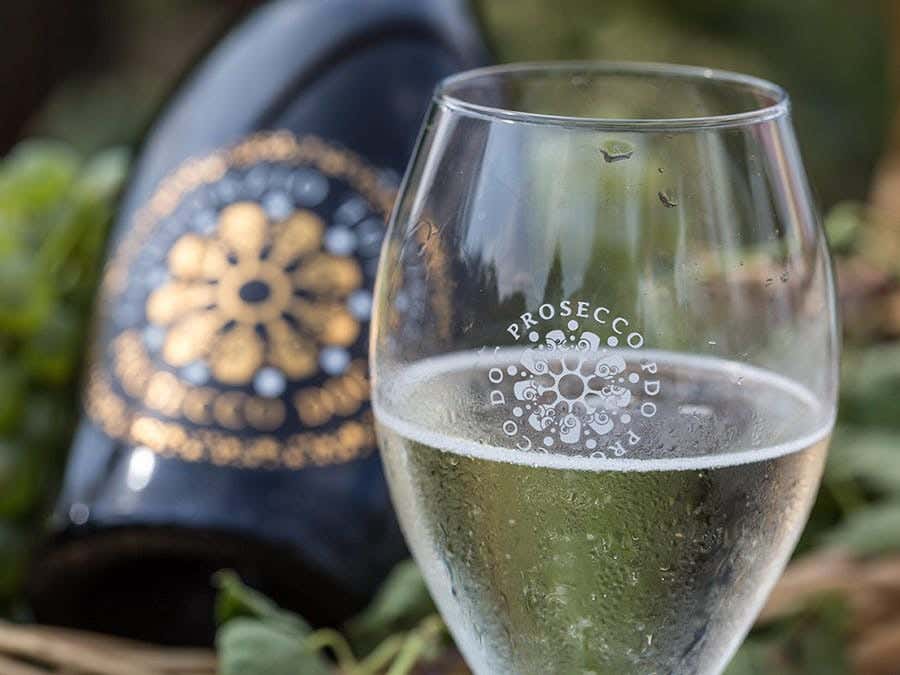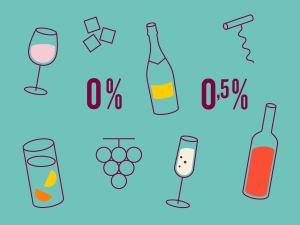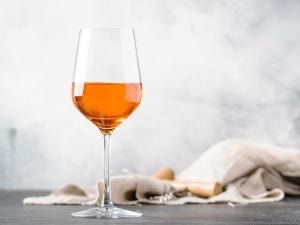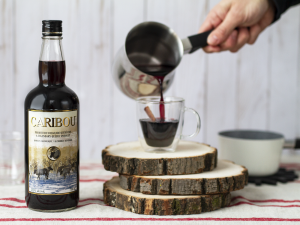The barrel, or cask, contributes to the structure and of phenolic compounds and to the development of the aromas present in wines and spirits.
So, in order for the wood and the wine to establish this intimate relationship, the cooper remains an essential operator in the process.
In fact, the construction of a barrel is a long and complex operation that requires a lot of know-how. At each step in the creation, the cooper must check on the minutiae, so that each cask becomes not only an adequate container but also the ideal symbiotic partner for the wine that it will hold.
From the tree to the cask
Oak is the most essential wood used for making the vast majority of barrels. Whether it’s from the United States, France, or another region in the world, oak is chosen by its geographic origin for its qualities of scent and taste.
Once sectioned out into blocks, oak trees are split along the grain into staves. Traditionally, these are dehydrated naturally over 18 to 36 months. The dehydration of staves allows the wood to attain a humidity level similar to typical indoor humidity.
Before proceeding to securing the hoops, a step that consists of rendering the staves into their barrel shape through the use of steel rings, the cooper must shape the staves in such a way that they match perfectly. Only the pressure of the steel hoops keeps the staves together. Neither glue nor nails contributes to a cask’s watertightness. And that’s the challenge!
Heat is also used to shape the cask into its definitive form, as well as to toast the inside of the barrel. The time spent on top of the flame determines the intensity of the heat. How do you prefer your barrel? Light, medium, or roasted?
Once the top of the staves have been trimmed in order to accommodate the barrel heads, the only thing left is to test whether the vessel is waterproof, and to proceed to the finishing work (placing aesthetic hoops and signing the cask).
If you’d like to learn more about the steps involved in making a barrel, you’ll find some short videos that illustrate the work of a cooper on Berger & Fils’s website.
Now, when you taste your wines and spirits, can you easily detect aromas that are attributed to the aging process inside an oak barrel?
Relted Posts
-
Read more
SAQ shelves are lined with more than 300 wines and spirits produced abroad and bottled here, a process that has a positive impact on the environment and workforce in the province.
-
Read more
In recent years, Prosecco DOC (Denominazione Di Origine Controllata) sales have dizzying new heights. Read on to learn more about the accessible bubbles adored the world over.
-
Read more
Bubbly’s rising popularity has resulted in a wide variety of bottles to choose from. Here’s a handy guide to finding the one that’s right for you!
 Access to SAQ Inspire personalized services and store inventories are unavailable at the moment.
Access to SAQ Inspire personalized services and store inventories are unavailable at the moment. Free in-store delivery with purchases of $75+ in an estimated 3 to 5 business days.
Free in-store delivery with purchases of $75+ in an estimated 3 to 5 business days. 
